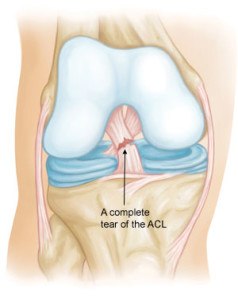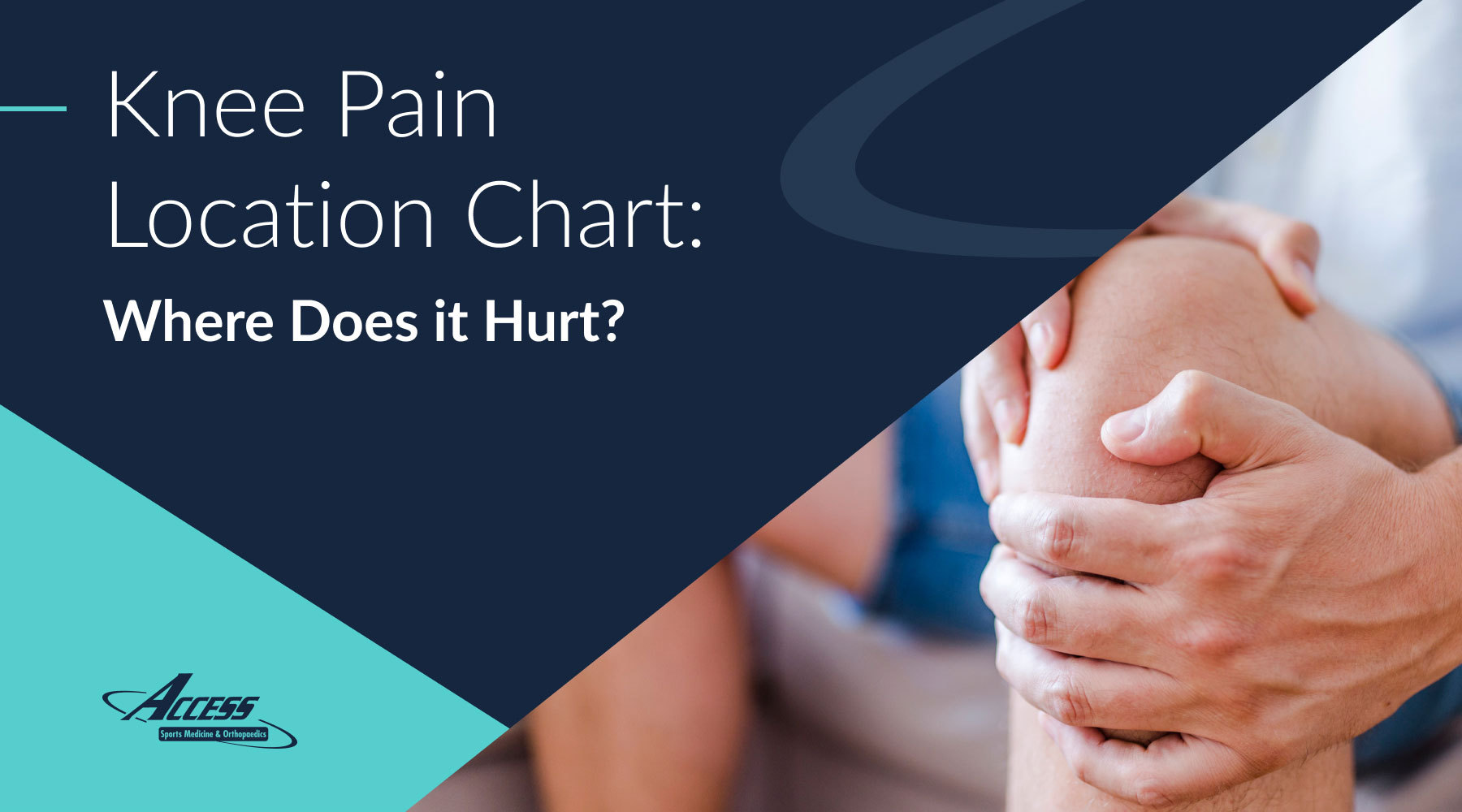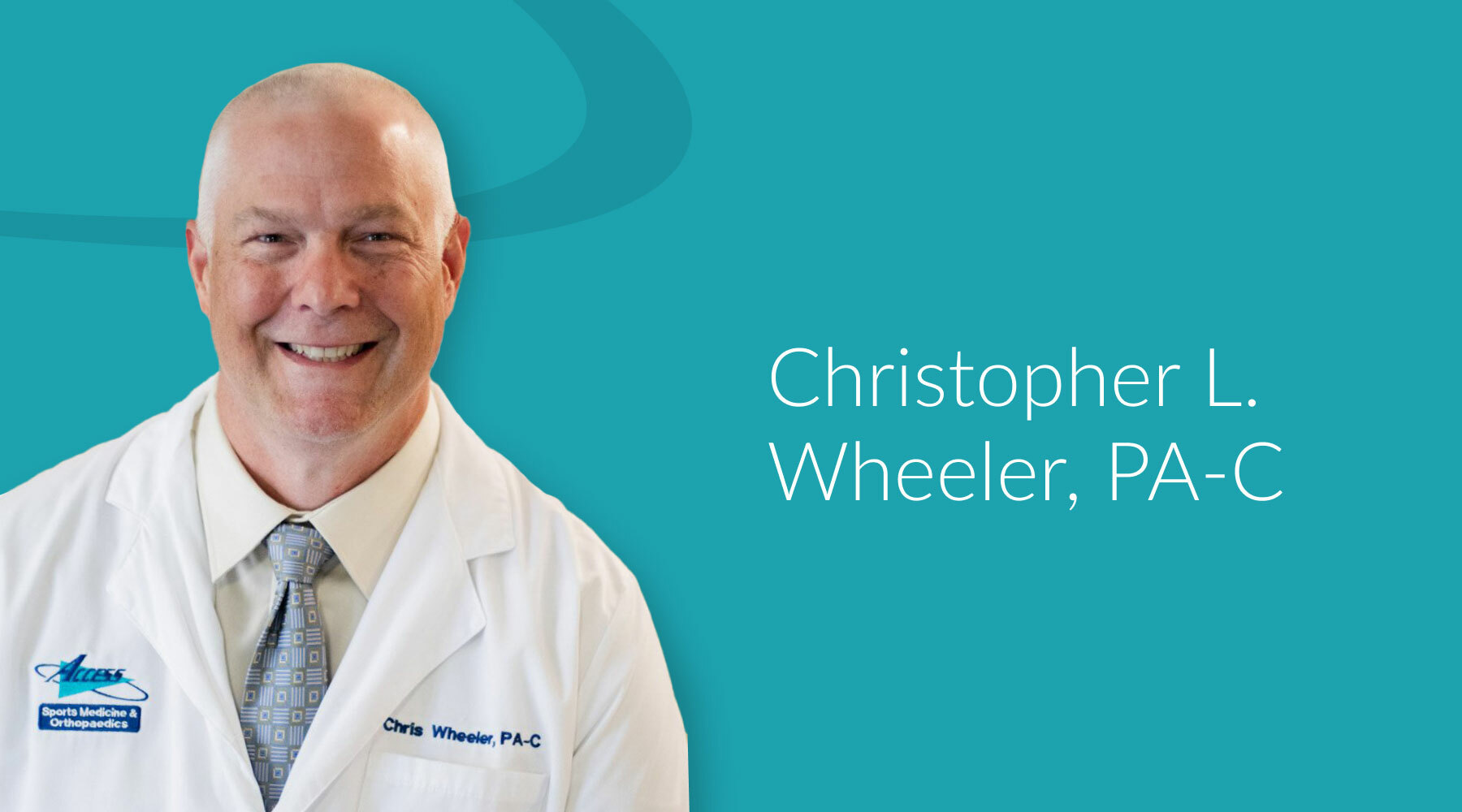 Exeter, NH – Over the past two decades, there has been an increase in teens who participate in youth sports with many physicians reporting more frequent Anterior Cruciate Ligament (ACL) tears in young athletes.
Exeter, NH – Over the past two decades, there has been an increase in teens who participate in youth sports with many physicians reporting more frequent Anterior Cruciate Ligament (ACL) tears in young athletes.
When repairing an ACL injury, there are two options: Autograft uses a patient’s own tissue while Allograft uses a cadaver tissue. Access Sports Medicine’s Dr. Joshua Siegel and Dr. Benjamin Thompson readily acknowledge this has been a controversial issue in the field of sports medicine for decades.
“An article by Dr. Wassterstein is part of a growing field of well researched voices that decry the use of Allografts, or cadaver tissue for ACL reconstruction in younger, more active patients due to unacceptably high failure rates,” said Dr. Thompson. “The data that has come out of the multi-center MOON study over the last several years has already shown us that the failure rate of an allograft in a young, active patient is nearly four times that of an ACL reconstruction done with a patient’s own tissue.”
Dr. Joshua Siegel, Director of Sports Medicine, agrees and noted most sports medicine doctors in the U.S. favored autografts for years, but could not prove their hunches.
“As alternative graft sources started to be used, the results were always compared to the gold standard patellar tendon autografts, and now the studies are confirming the hunches,” he explained. “Although the source of autografts may still be debated, allografts in the younger population are failing at a higher rate than autografts.”
Dr. Thompson noted the failure rate is highest between the ages of 10 and 19 and decreases with age.
“While there are some potential patient factors that may be related to failure, the data that has been presented so far from the MOON study and the University of Toronto are convincing enough that I will not consider allograft in my practice as a primary graft choice for my younger patients unless there are extenuating circumstances,” he added.
Dr. Siegel also prefers autografts.
“I personally encourage all of my young, active patients to insist on autografts unless there are extenuating circumstances requiring cadaver grafts,” he said. “The MOON studies are helping orthopaedic surgeons ferret out a lot of information across a broad range of techniques, geographic locales and cross sections of populations.”
To learn more about Dr. Siegel and Dr. Thompson, both of whom encourage patients to discuss these studies with their orthopaedic surgeon when deciding which procedure is best, visit www.accesssportsmed.com.


